No products in the cart.
Navigating the Future with Advanced Technology
Although most researchers agree that remote work is here to stay, businesses still struggle to adapt. For the commercial property market, that means developing strategies to address fluctuations in office requirements. Technological advances such as custom PoE solutions are key to creating the flexibility needed to navigate tenants’ future needs.
Commercial Real Estate
According to Mordor Intelligence, the commercial real estate market is expected to remain steady at less than 3.5% CAGR between 2022 and 2027. Within the office space segment of the market, JP Morgan suggests that property investors, owners, and managers consider:
- Labor shortage. Companies wanting to attract new workers will need to offer more office amenities such as outdoor spaces, catering, and daycare. The enticing amenities will vary from location to location, but they will change the configuration of existing office buildings.
- Usable space. Hybrid work should force organizations to reevaluate how they use existing square footage. Do they need as many individual cubicles or offices? Would larger spaces for collaborative meetings be a better use of space?
As businesses slowly move toward a world with remote workers, commercial property owners must create a strategy to navigate the incremental shifts until the next normal becomes established.
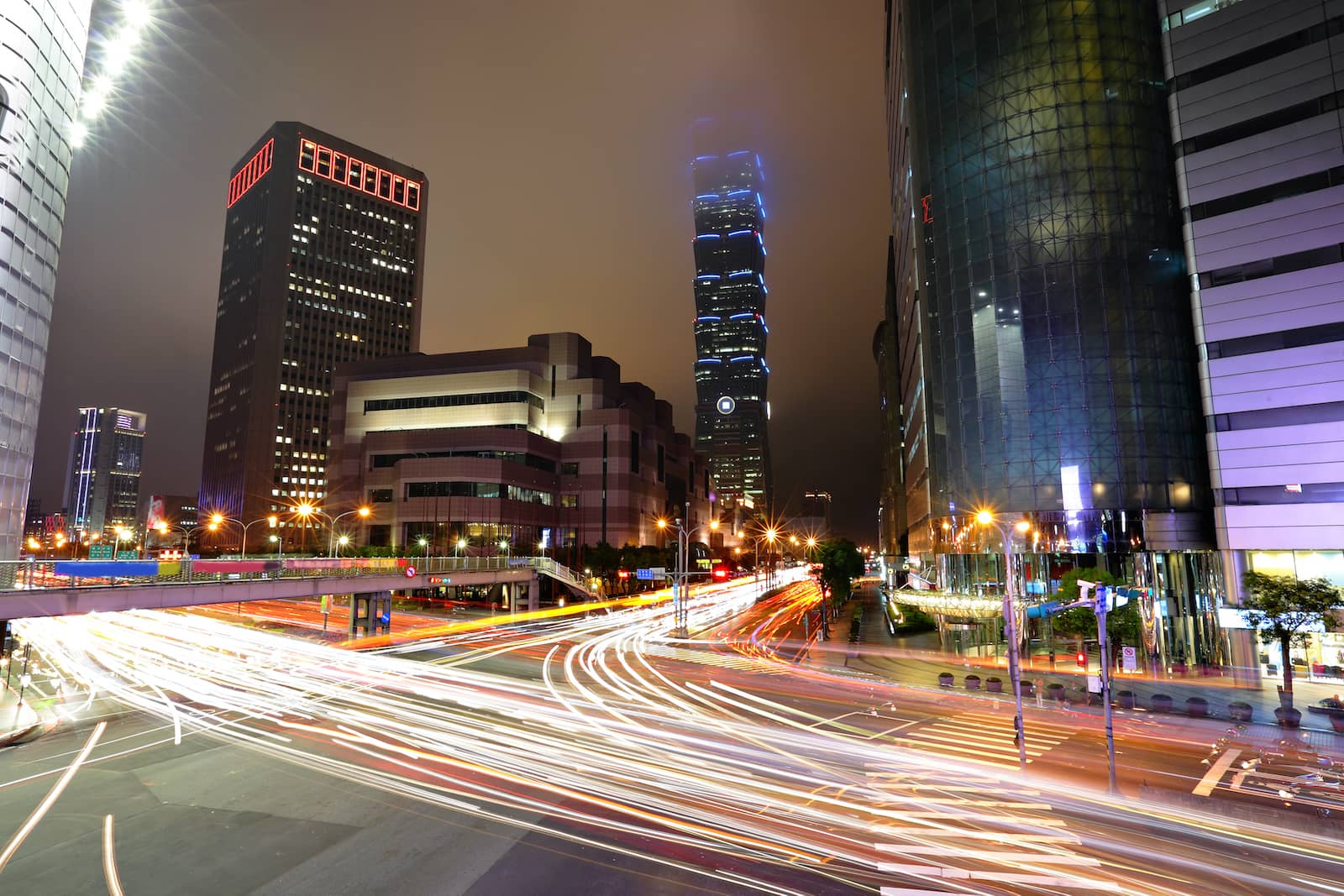
Shifting Priorities
When the world changed overnight, so did priorities. Offices emptied, and work happened wherever there was an internet connection. That shift meant looking at securing an expanded perimeter. Many companies migrated operations to the cloud and created distributed networks to address a remote workforce.
Just as the global economy was adjusting to slower supply chains and labor shortages, extreme weather played havoc with business operations. Extreme heat, wildfires, and flooding were suddenly a major concern. Organizations could no longer ignore the impact of climate change on their bottom line.
As companies look to the future, they must address internal concerns about where and how people work. They also have to reduce their carbon footprint to mitigate the impact of climate change on their future. Businesses need to:
- Become more energy efficient.
- Build stronger cybersecurity.
- Reduce resource consumption.
- Create better resiliency.
Where work happens is not just about employee retention, it’s also about how office buildings and commuting impact the environment. It means thinking about reducing resource consumption and building more resilient infrastructures. No matter the final work model, organizations must evaluate both the physical and virtual risks to ensure their ability to pivot when change happens.
Energy Efficiency
Becoming energy efficient lowers utility bills and reduces demand for energy resources. Companies have been replacing inefficient equipment and buildings with energy-saving technology to reduce operating costs for years. However, organizations need to look at energy efficiency through the where-work-happens lens.
For example, a company agrees that employees can work from home three days a week with a core group that must be in the office full time. Does the employer let these employees work at their existing desks, which are spread throughout an office building? Do they relocate everyone into the same heating and cooling zone to save energy?
Property owners could use custom PoE solutions to install sensors in unused spaces that could turn off lights and lower temperatures in unused spaces. They could deploy devices to raise and lower window shades to reduce solar heating during summer months. Technology can help adjust energy requirements based on the time of day, the number of occupants, and the time of year.
Strong Cybersecurity
Hybrid work environments increase cybersecurity risks simply by providing hackers with more access points. Part of hardening a company’s network is controlling the data that enters it. Port management is part of the effort.
Ports open connections to allow traffic to flow through the network. Port management means closing all unused ports and explicitly opening ports for data transmissions. Hackers often troll the internet looking for open and unguarded ports to gain access.
Organizations looking to adopt remote work models must consider their responsibilities for securing their digital assets. Many security constructs that existed when employees worked in the office do not exist remotely. IT departments could look to custom PoE solutions to protect network endpoints without disrupting the user experience.
Less Consumption
Most organizations think of less consumption in terms of natural resources. Use less paper to save forests or use energy-saving equipment to reduce their carbon footprint. Businesses also need to think about their human capital.
What tasks are employees performing that could be automated? As employees evaluate their work-life balance, they will also look at how their employers are using their skills. According to a survey by Harvard Business Review, what keeps employees coming to work is work that inspires them.
Automating these processes is a better use of your human capital. Technology can easily perform repetitive, routine operations freeing employees to explore innovative ideas. If companies want to ensure continuous innovation, they need to assess how they are consuming their limited human resources.
Better Resiliency
Business continuity plans prepare organizations for surviving natural and human-created disasters. However, few plans included navigating a pandemic until now. What happens when employees must stay home and borders close? How do you transport raw materials and finished goods when you aren’t sure where they are?
Companies quickly realized the need for a more resilient infrastructure to survive global disasters. During any crisis, communication becomes critical. Without a robust communications infrastructure, businesses can’t pivot effectively. There’s no way to get everyone on the same page. That’s why wireless mobility management (WMM) should be part of every communications construct.
WMM ensures devices and services are operational. It tracks the lifecycle of devices so they can be prepared or replaced before a failure happens. Using PoE technology, commercial properties can deliver reliable power and data capabilities. Combining PoE with an uninterruptible power supply (UPS) provides the resilience needed to keep tenants working regardless of the disruption.
Advanced Technology
Finding ways to address the challenges of a shifting work model involves advanced technologies. Whether it’s better management of devices or resources, developing technologies such as custom PoE solutions can make for a secure and resilient infrastructure. Commercial properties must determine what technologies to deploy to ensure maximum occupancy.
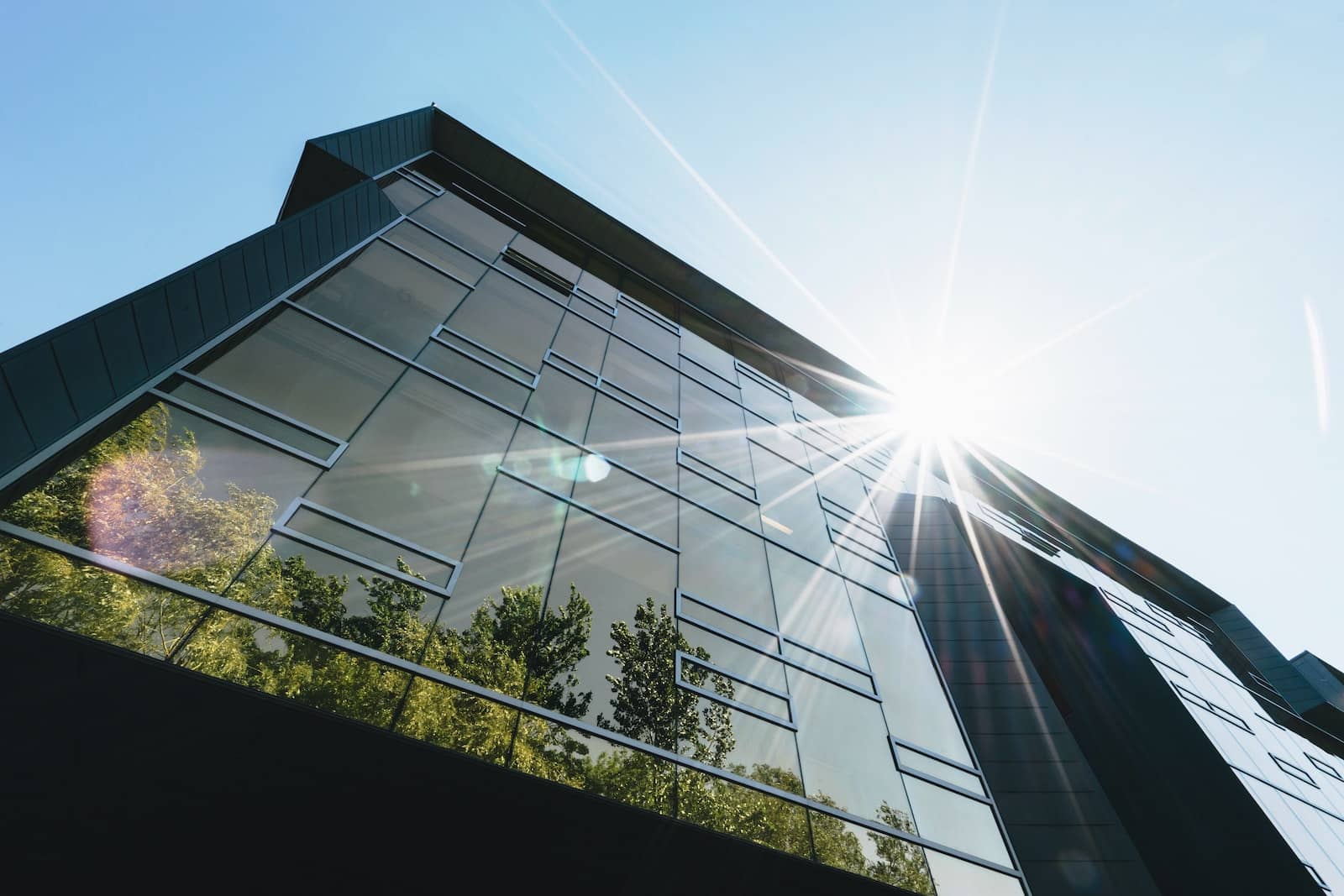
What Is Power Over Ethernet?
Power over Ethernet (PoE) technology allows ethernet cables to send data and power simultaneously through a single ethernet cable. The capability means that devices such as cameras and sensors do not require a separate power source. Recent advances allow PoE devices to send up to 1000 Mbps and 90W of power through an ethernet cable.
All PoE devices must meet the standards of the Institute of Electrical and Electronics Engineers (IEEE). The institute dedicates itself to advancing innovation in the fields of electrical, electronics, and computing. Its corporate offices are in New York City, and its operations center is in Piscataway, New Jersey. The IEEE is responsible for maintaining communications, computing, electronics, and electrical standards.
The latest IEEE standard (802.3bt) increases the power capabilities of PoE technology. The technology can now operate VoIP phones, IP security cameras, facility monitoring systems, digital signage, and point-of-sale kiosks. With such power increases, PoE can:
Save Time and Money
PoE devices do not require a power source, so there’s no need for added electrical outlets or wiring that require qualified electricians to install.
Increase Flexibility
Users can position devices such as wireless access points to provide the best coverage rather than where an outlet is.
Improve Reliability
PoE uses a centralized power source that, when paired with an uninterruptible power supply, provides continuous operation even during power failures.
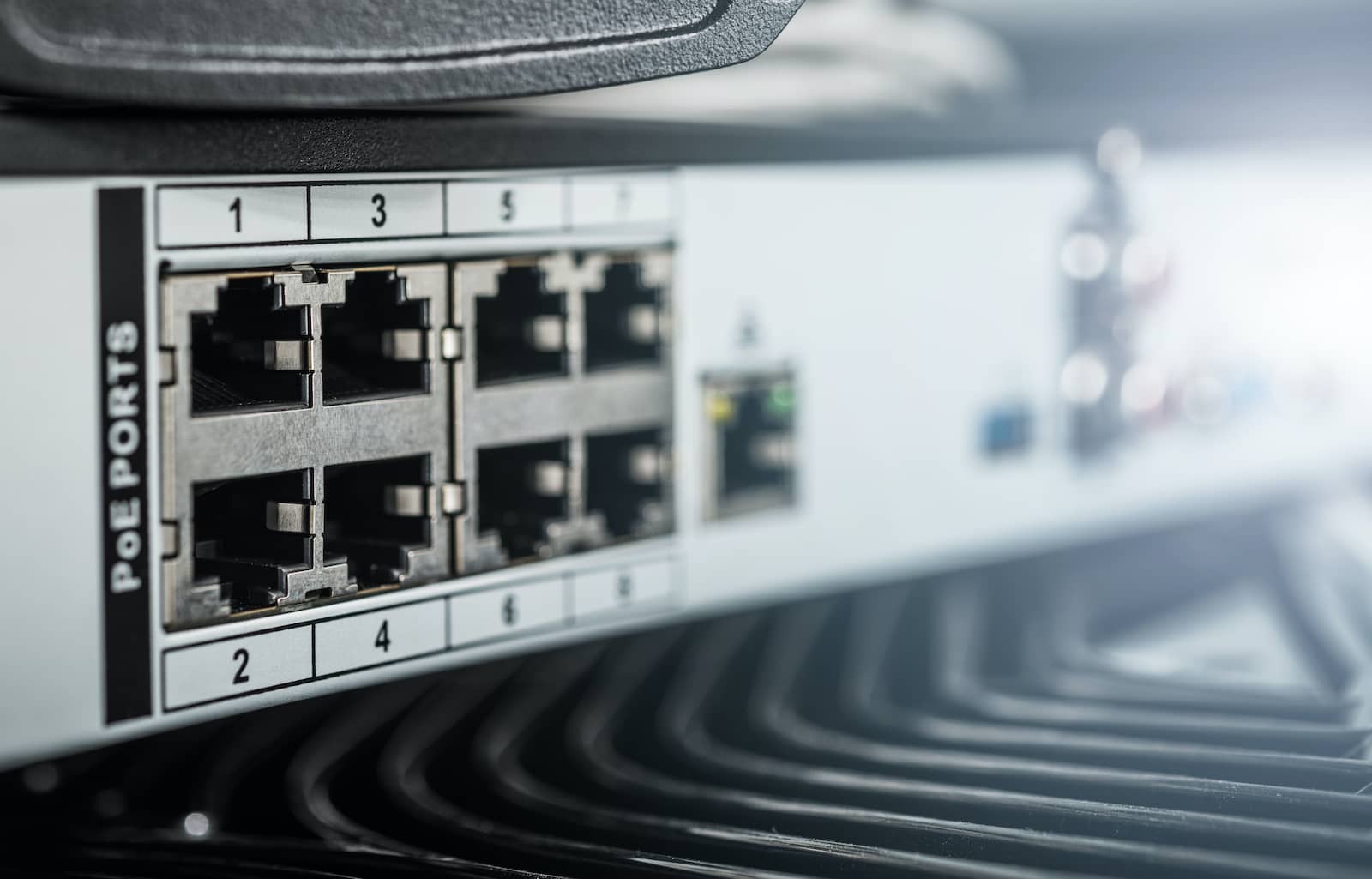
How PoE Technology Can Fuel the Future
Connectivity is at the heart of workplace transformation. Whether it’s connecting people or systems, organizations must deliver the same experience seamlessly. It doesn’t matter whether the user is across the hall or miles away, the experience must function the same.
PoE technology is well suited to an evolving future. More advanced devices are being deployed on the network perimeter. These devices require more power and greater bandwidth to support their new functionality. What was leading-edge yesterday is only adequate tomorrow.
PoE can help commercial properties become more energy efficient, protect endpoints, and reduce the cost per port. Because the devices don’t tie to an electrical wire, they can simplify the restructuring of an existing network. As PoE technology advances, it will continue to:
Support Powerful Endpoint Devices
Increased power capabilities of IEEE 802.3bt standard devices allow support for TVs and digital displays. The technology can operate temperature-controlled display cases as well as checkout kiosks. As more companies realize the advantages of a PoE backbone, they will drive the demand for ever-increasing high-powered endpoints.
Process More Data
Businesses not only need more power at endpoints, but they also need more bandwidth. Although widespread 5G capabilities are emerging, the communications sector is already exploring 10G data delivery. Imagine what high-powered PoE devices could deliver to a digital display with 10G data streaming capabilities.
Increase Flexibility
Nothing is more important to navigating the future than flexibility. Companies can’t cling to electrical backbones to the exclusion of advanced technology. No matter how comfortable an organization is with the status quo, it must introduce emerging technologies to ensure a reliable but agile infrastructure.
Since PoE technology is not tied to an electrical outlet, property owners and managers can quickly reconfigure a space to address rapidly changing needs. Whether it’s changing tenants or tenants changing their minds, advanced technology such as custom PoE solutions must be part of a commercial property’s toolbox.
Conserve Energy
As energy resources decline, energy costs will rise unless alternatives are available. While PoE technology isn’t an alternative energy source, it is a solution that decreases energy consumption. With lower energy demands, companies can reduce the strain on utility grids, leaving the energy for more mission-critical services. Deploying the technology property-wide provides a cost-effective alternative that is incredibly reliable and resilient.
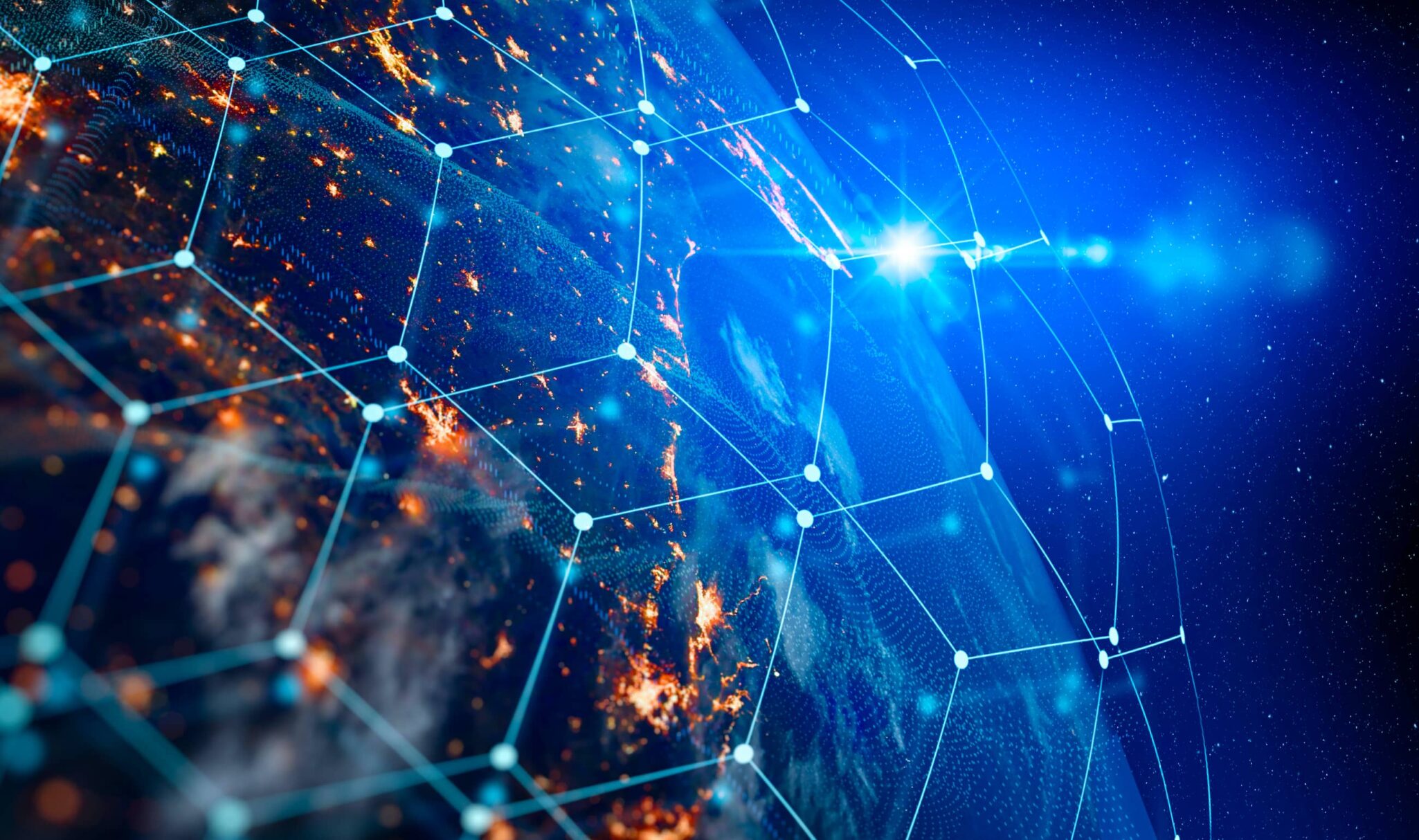
Custom PoE Applications
Beyond commercial properties, PoE technologies now exist in sectors such as hospitality, transportation, and education. These applications illustrate other ways PoE technology is being deployed and how the experience applies to the shifting world that commercial property owners face.
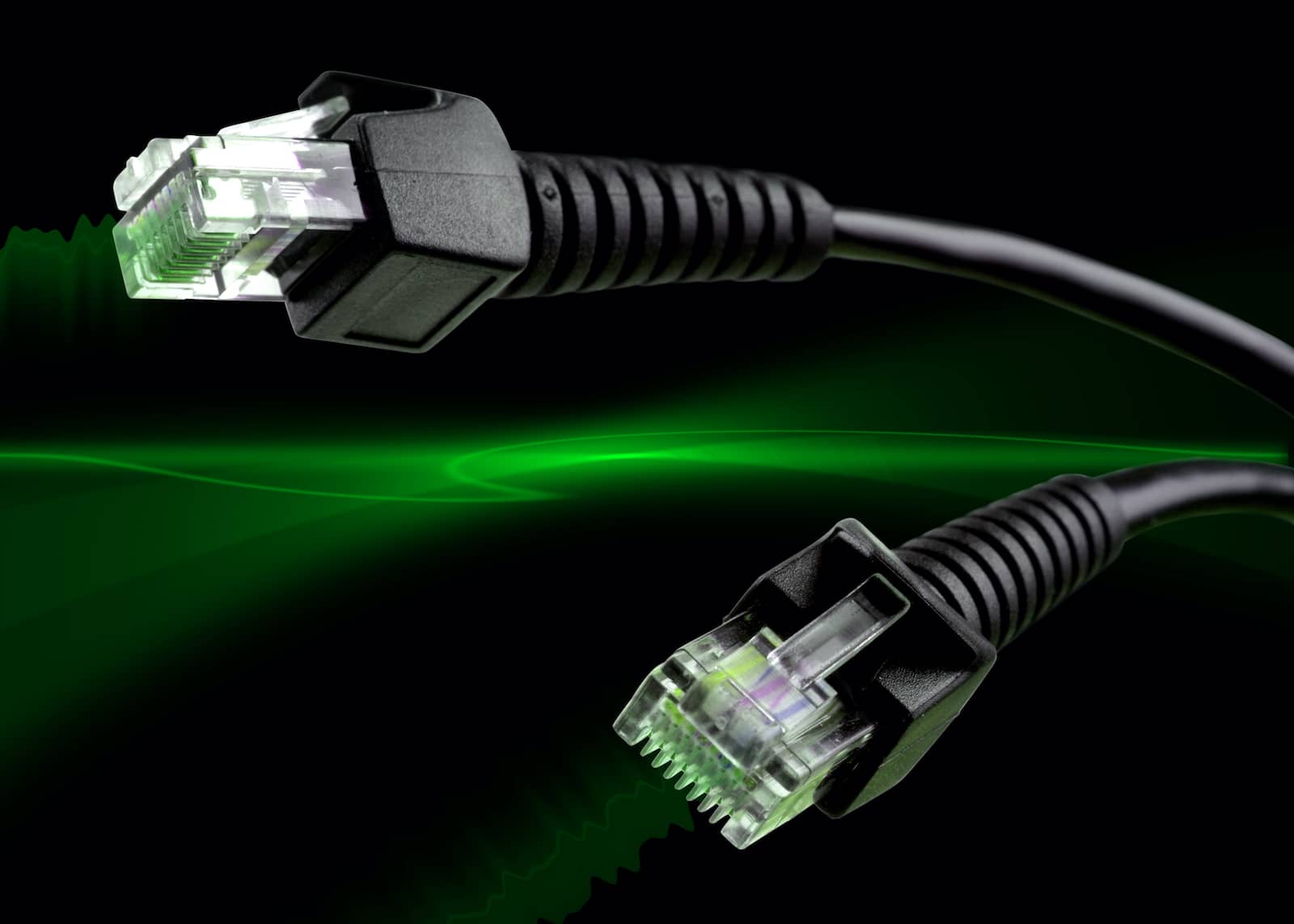
Hospitality
Environmental, social, and governance (ESG) concerns and improved customer experience are two driving forces for change in the hospitality sector. Construction and maintenance of buildings contribute close to 15% of greenhouse-gas emissions because buildings also consume a significant percentage of electricity, they contribute to the 25% of emissions coming from fuel production. Experiences with PoE technology in the hospitality industry present a direct correlation to the concerns of commercial property owners.
Customer Experience
Imagine checking into a hotel that allows your smartphone to control your experience. Combining PoE technology with the internet of things (IoT) devices means you can enjoy the experience — not just imagine it. Guests can control room lighting and temperature from their phones. There’s no need to get out of bed to adjust the temperature or turn off the lights. With centralized control, guests can lock doors, lower window shades, and activate entertainment systems without moving around their rooms.
Smart Buildings
The same technology can give hotel staff the ability to control lights, temperature, and locks. With integrated solutions, the systems can automatically turn off lights, TVs, or in-room fans once a guest checks out. These systems can raise or lower shades in unoccupied rooms to conserve energy.
Users can control shared spaces such as gyms, business centers, and conference rooms remotely, so energy is not consumed if it is not needed. The Sinclair Hotel in Fort Worth, Texas, saved 40% in energy costs when it implemented a PoE-based backbone. A similar system was installed at the luxury Alila Marea Resort in Encinitas, California.

Education
Lighting has a significant impact on learning. A University of Georgia study found that lighting impacts the brain’s ability to concentrate. Changes in a room’s lighting can contribute to hyperactivity or can slow down the brain’s ability to absorb information. In the same vein, office building lighting can impact employee productivity. PoE technology can give users more control over their environment to improve learning and productivity.
Lighting and Learning
Bright lights often help with depression because spending hours in a dimly lit room can negatively alter an individual’s mood. Depressed individuals have difficulty concentrating or completing tasks. Conversely, bright fluorescent lights often result in daydreaming, fidgeting, and distracting behavior. When students work in overly bright environments, they struggle to stay on task.
The best lighting is one that resembles natural, soft lighting. However, there are times when bright lights are needed for visual clarity, such as in operating rooms and laboratories. Viewing projected images under bright lights interferes with the brain’s ability to ingest the images. Having the ability to adjust the lighting to fit the task makes for an improved learning experience.
Classroom Control
A Mobile, Alabama, public school installed a PoE-powered lighting control system to improve in-class learning. The school installed a control panel in each classroom so teachers could adjust the lighting as needed. According to Mary Claire Write, a computer science teacher, controlling the lighting let her change the lights as a way to redirect or refocus her students. This ability was especially important during lectures.
Adjusting lights for video presentations made it easier for students to absorb the information. It also reduced distractions that resulted when students could not see the screen easily. Although Write was skeptical initially, she agrees that her students receive a better learning experience through PoE-powered light control.
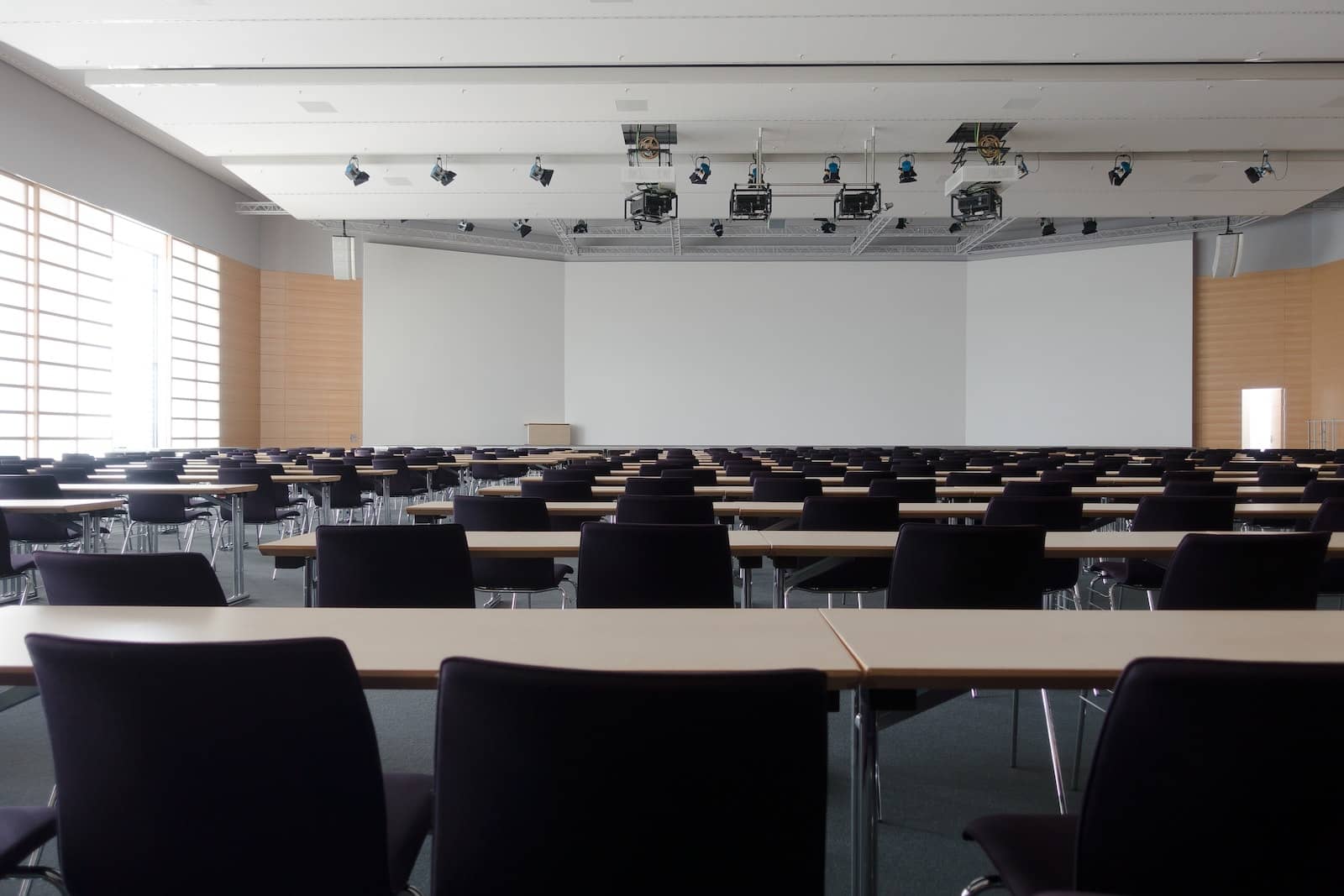
Secured Institutions
Within the corrections ecosystem, technology is a double-edged sword. It can secure a facility with biometrics such as fingerprinting or facial recognition. It can deploy more cameras and surveillance equipment. Tech also delivers cell phones, computer access, and the internet to the incarcerated.
For most correctional facilities, budget is a constant constraint. Although prisons have unique requirements, some of their implementations can benefit property owners wanting to deliver a more secure facility at a cost-effective price.
Corrections Ecosystem
Correctional facilities are to confine offenders in a controlled environment that is safe, humane, cost-efficient, and secure. Prisons must provide work and self-improvement opportunities for offenders to become law-abiding citizens. The correctional facilities’ mission begins with surveillance. They must control access to each offender while supporting visitation rights.
Cameras are the primary form of prison surveillance; however, the number of devices can become cost-prohibitive, especially if every camera requires an electrical outlet. When security experts map out camera placement, they may be forced to compromise because it’s too costly to run wires to the selected locations. With PoE technology, there’s no need for compromise.
Facilities can place PoE-powered cameras throughout a facility without constraint. The cameras do not require an outlet, so they can be placed to ensure maximum coverage. Connecting PoE switches to a UPS means continuous surveillance coverage during a power outage. Integrating lighting controls with PoE technology and a UPS enables prison staff to maintain control over the population through lighted facilities and ongoing surveillance.
Fingerprint readers or facial scanners can control access. Instead of running electrical conduit, prisons can use PoE devices to create zones that require biometric identification. As facility requirements change, facilities can move PoE devices to address any changes in surveillance coverage.
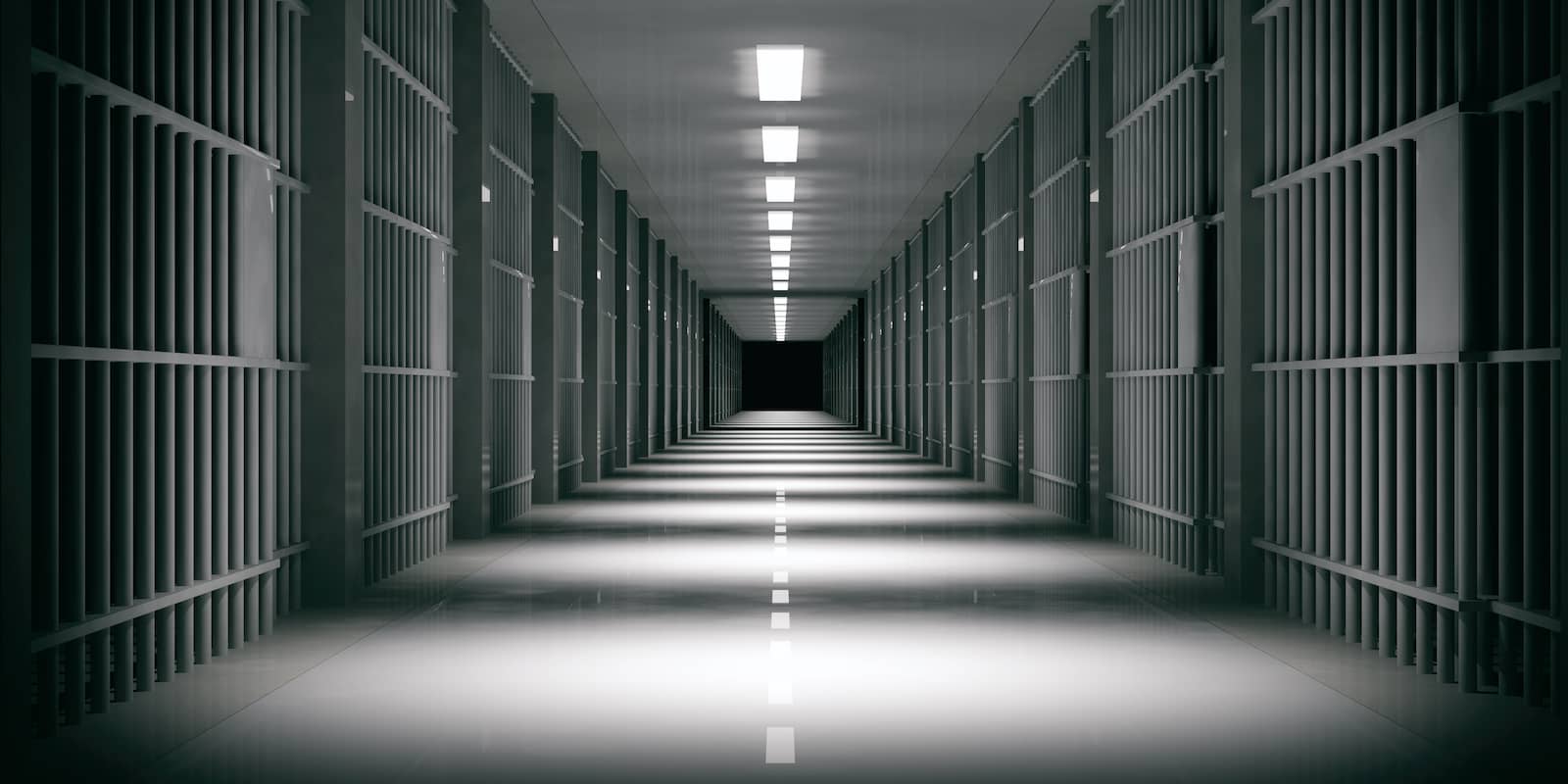
Commercial Property
Property managers and owners are not immune to the influences of a changing ecosystem. They have tenants at different stages of the transformational process, and the same environmental and cost efficiency concerns apply to commercial properties as they do to other companies. Technical advances will continue to drive the demand for improved user experiences. Whether it is a more secure facility or a pampered hotel stay, PoE technology can provide a cost-effective solution.
Creating a PoE backbone enables property managers to quickly reconfigure network infrastructure and workspace or simply add capabilities to an existing facility. Custom PoE provides the flexibility commercial real estate needs to navigate the shifting work paradigm.
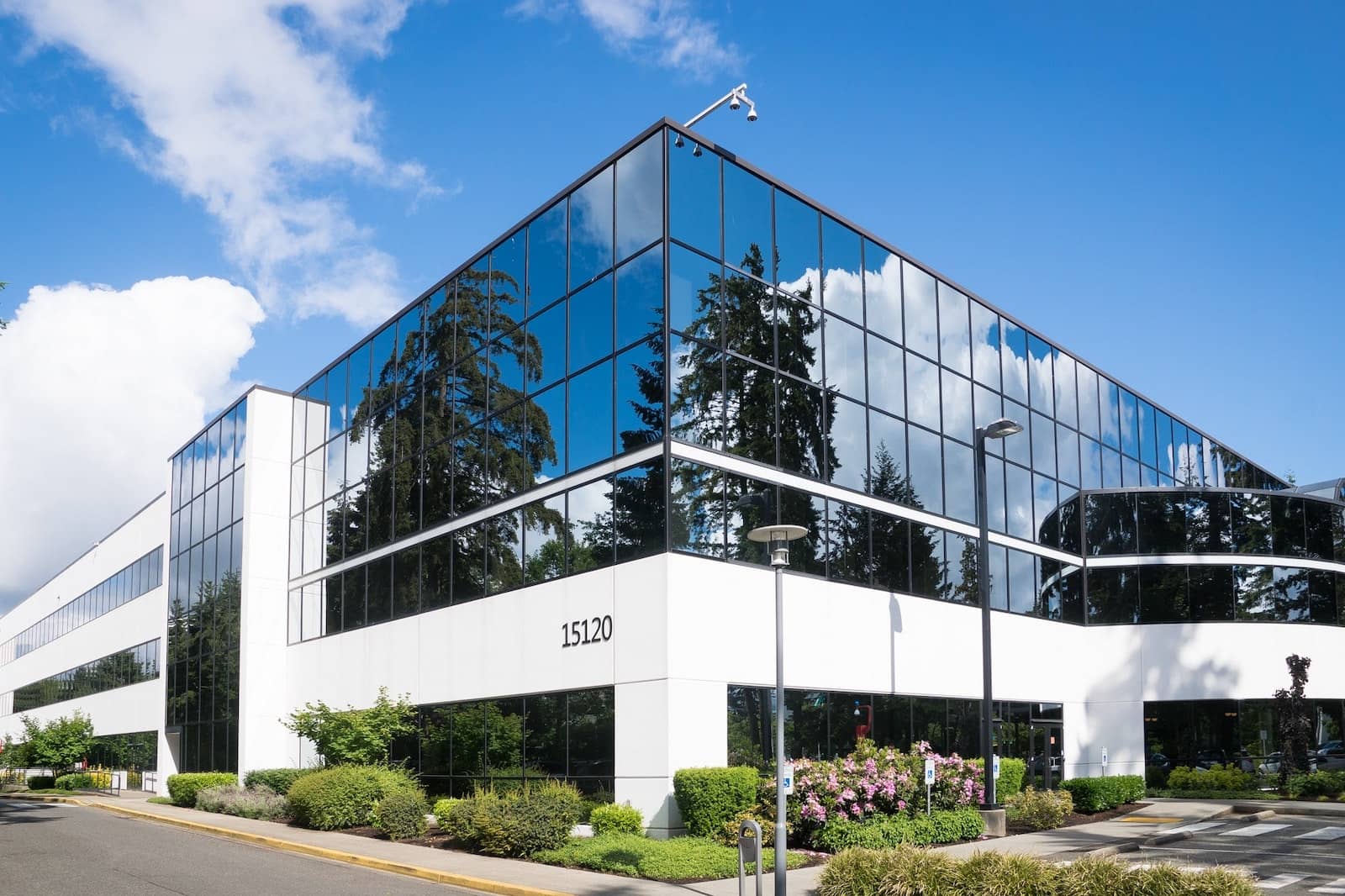
FAQs
What is PoE?
PoE stands for Power over Ethernet. It is the ability to power devices using an ethernet cable, typically a CAT5 or CAT6. Power is sent using two pairs of ethernet cabling. Maximum power is 100W, and maximum data transmission is 1000 Mbps up to 100 feet. Extenders can be used to support longer distances.
What are the benefits of PoE technology?
PoE technology reduces energy costs, provides flexibility and control, enables faster deployment, and increases data collection. The technology facilities data capture to improve operational analytics.
What devices use PoE?
With the advent of IEEE 802.3bt, PoE devices can range from IPTVs, PYZ cameras, LED lighting, digital signage, high-performance wireless access points, and VoIP phones. PoE technology enables mini-switch creation through clusters of ethernet ports, and it can power intercom or public address systems.
What are the main types of PoE?
There are three types of PoE devices based on the IEEE standard being used. The standards are IEEE 802.3af, IEEE 802.3at, and IEEE 802.3bt.
How efficient is PoE?
PoE technology can save as much as 50% on installation and operational costs.
